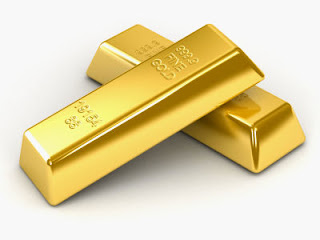About New Year

New Year's Day is perhaps the oldest of all holidays and celebrated everywhere in the world. New Year's Day mark the end of one calendar year and beginning of another. The date of New Year's Day varies in countries across the globe this is because different countries and communities follow different calendars. Most countries in the world have adopted Gregorian Calendar and celebrate their New Year Day on January 1. It is the celebrations of this New Year Day which we shall discuss under this section. Origin Of New Year Origin of New Year dates back to the era of emperors. They thought of celebrating a special day which should dot a day for beginning and end of the year. First New Year celebrations were noticed in Mesopotamia around 2000 years. It was celebrated at the time of Equinox in mid-March by the Egyptians, Persians and Phoenicians while Greeks celebrated it on winter solstice. January 1- an Official Date of New Year Celebrations The Roman emperor Julius






